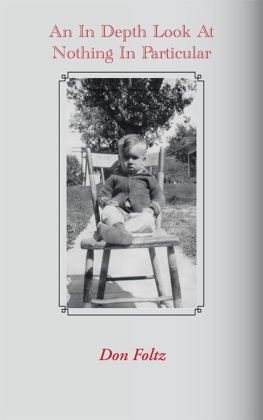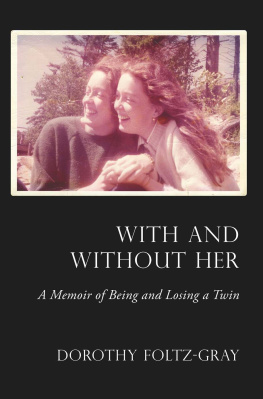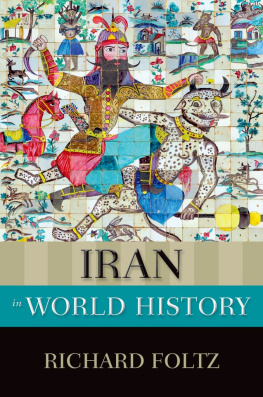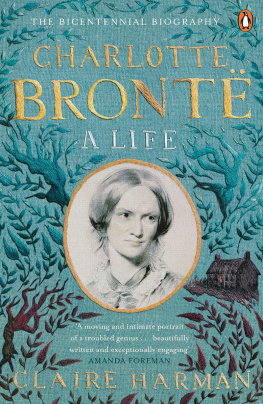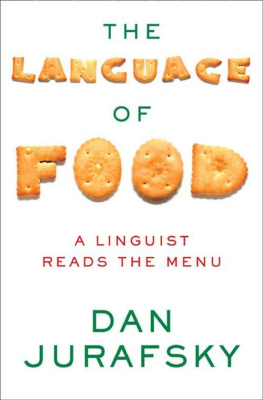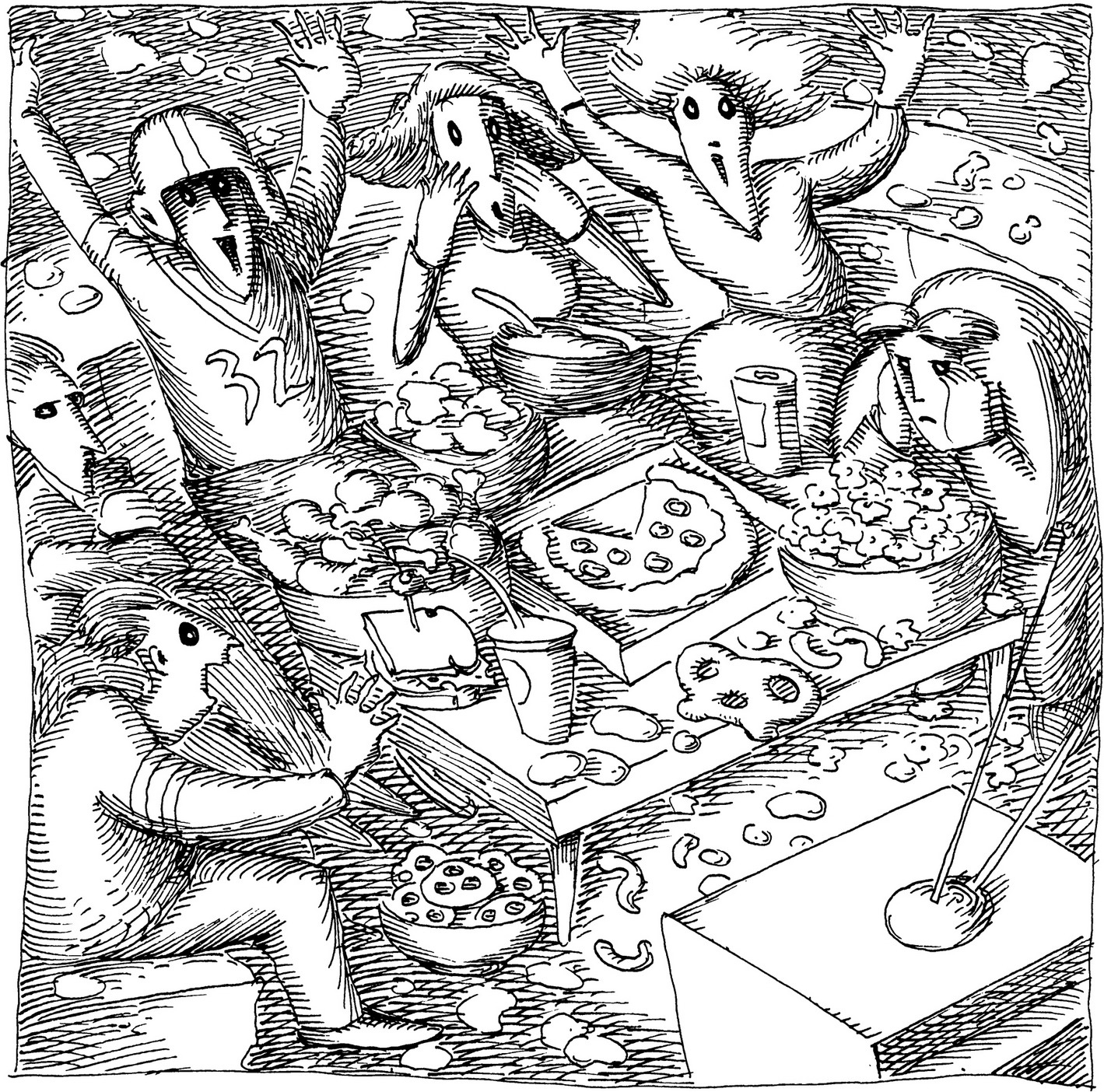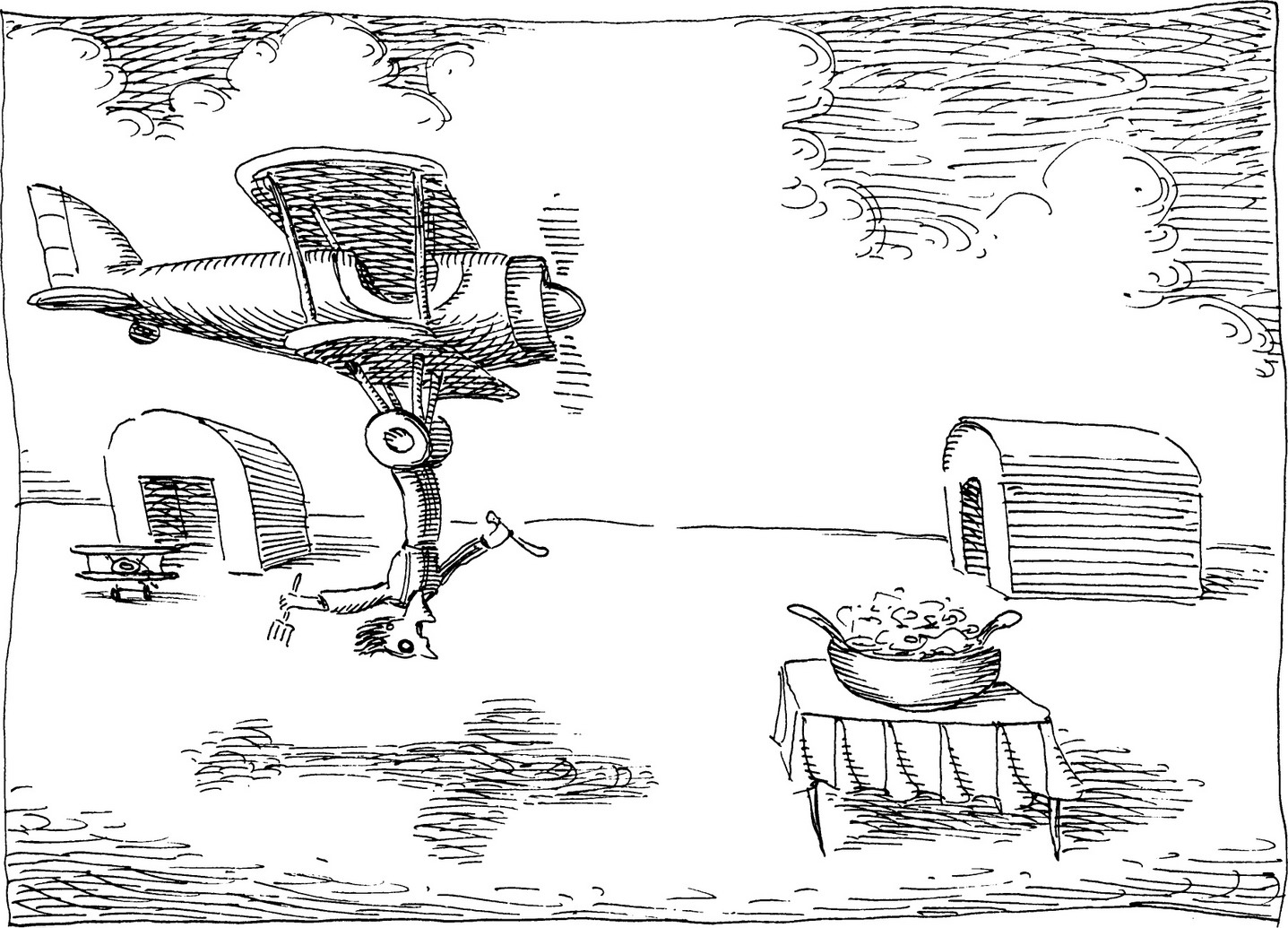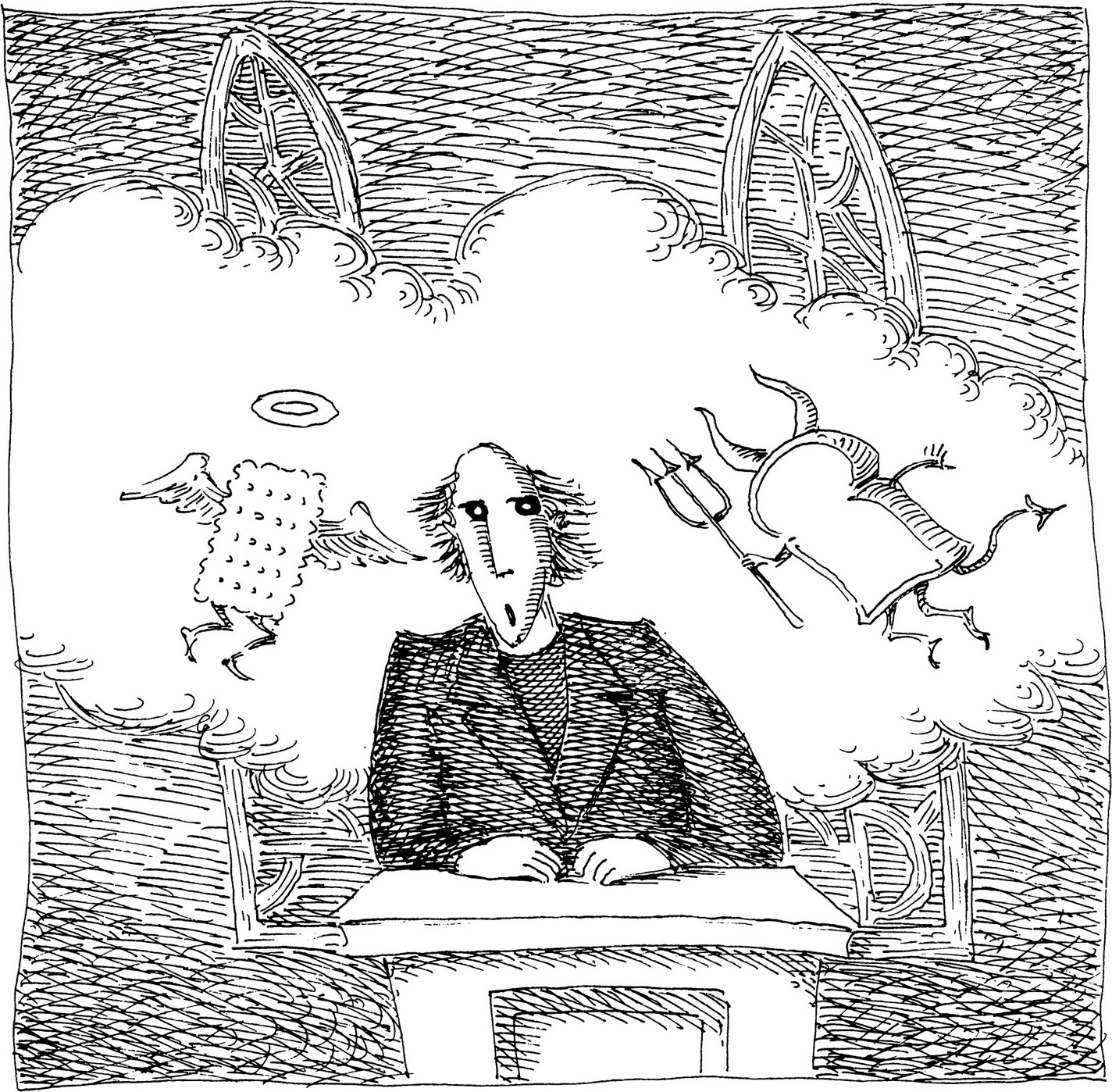I n sadness and in joy, people eat.
In victory and defeat, people eat.
Before thinking, while thinking, and after thinking, people eat.
While meeting, reading, writing, waiting, riding, resting, listening, spending, watching, and touringpeople eat.
Because food is necessary to survival, our entire culture is based on it. Its in our laws, our money, our superstitions, our celebrations, and especially our language.
This book is about the history of food-related words and phrases. Its not about nutrition, cooking, recipes, or kitchen safety. Its a shopping list of curious food etymology, and a menu of the origins of funny-sounding food. And to add spice, there is food for thoughttasty tidbits of trivia for the mind to chew.
1
FOOD FOLKS
Some people leave their fingerprints in the cake frosting. Other peoples names are on the menu.
Beef Stroganoff
T he Stroganoff family was well known in Russia for hundreds of years. With their great wealth, they helped develop the Russian mining, fur, and timber industries.
One of the last prominent members of the family was the popular Count Paul Stroganoff. In the early 1800s he was a diplomat, a member of the court of Tsar Alexander III, and a member of the Imperial Academy of Arts.
He was also a gourmet who loved to entertain guests by hosting dinner parties. One of the dishes he often served was made with sauted beef, onions, mushrooms, sour cream, and other condiments. This dish became known as beef Stroganoff.
Doesnt it seem odd that a family who contributed so much to a great countrys development is remembered today for a beef dish served over noodles?
C aesar salad has nothing to do with the emperor who ruled Rome two thousand years ago.
The Caesar salad at your local caf was originally called aviator salad.
In 1924 an American named Alex Cardini worked at his brothers restaurant in Tijuana, Mexico. One night more customers than usual came in to eat, and the restaurant kitchen ran out of the usual menu items. So Alex put together odds and endseggs, romaine lettuce, Parmesan cheese, garlic, olive oil, lemon juice, and pepper. He made croutons out of some dried bread and then mixed everything together.
The customers loved it!
He named it aviator salad since the restaurant was near an airfield. Later the name was changed to Caesar salad after Alexs brother, who owned the restaurant.
Eggs Benedict
Y ou wont find eggs Benedict on a fast-food menu. Its a very rich breakfast item made of English muffins, poached eggs, Canadian bacon, and hollandaise sauce.
There are two stories about the origin of eggs Benedict. Either might be true.
The first story: A wealthy lady named Mrs. LeGrand Benedict was having lunch at Delmonicos, a restaurant in New York City, one Saturday in the 1920s. She complained that there was nothing new on the menu.
The chef put together something new. Mrs. Benedict was pleased, so the chef named it eggs Benedict.
The second story: Samuel Benedict, a New York socialite, had had too much to drink one night in 1894. He went into the Waldorf-Astoria and ordered his perfect remedy for a hangover. It was such a great combination that the hotels restaurant added it to the menu and named it eggs Benedict.
S ylvester Graham was a Presbyterian minister in Connecticut in the early 1800s. He was convinced that people were suffering from many bad habits, including poor diets.
He preached against tight clothing, soft mattresses, and alcohol. He thought pepper, mustard, and catsup caused insanity. He preached in favor of exercise, open bedroom windows, cold showers, and a vegetarian diet. He also recommended cheerfulness at meals.
Graham is probably most remembered for his belief that white bread was evil and people should eat unbolted wheat flour (wheat flour from which the bran has not been removed). He urged women to stop buying bread from bakeries and instead to make their own. This suggestion so infuriated professional bakers that a street fight once broke out in Boston after one of Grahams sermons.
But Graham had many followers. Graham societies formed, and Graham boardinghouses and Graham food stores opened.
Today health experts know that Sylvester Graham wasnt all wrong. People are exercising more, eating more vegetables, and using whole-wheat flour.
The graham cracker is still popular, although most commercial graham crackers are made with bleached flour, sugar, and preservativesnot the healthy ingredients the Reverend Sylvester Graham preached.


